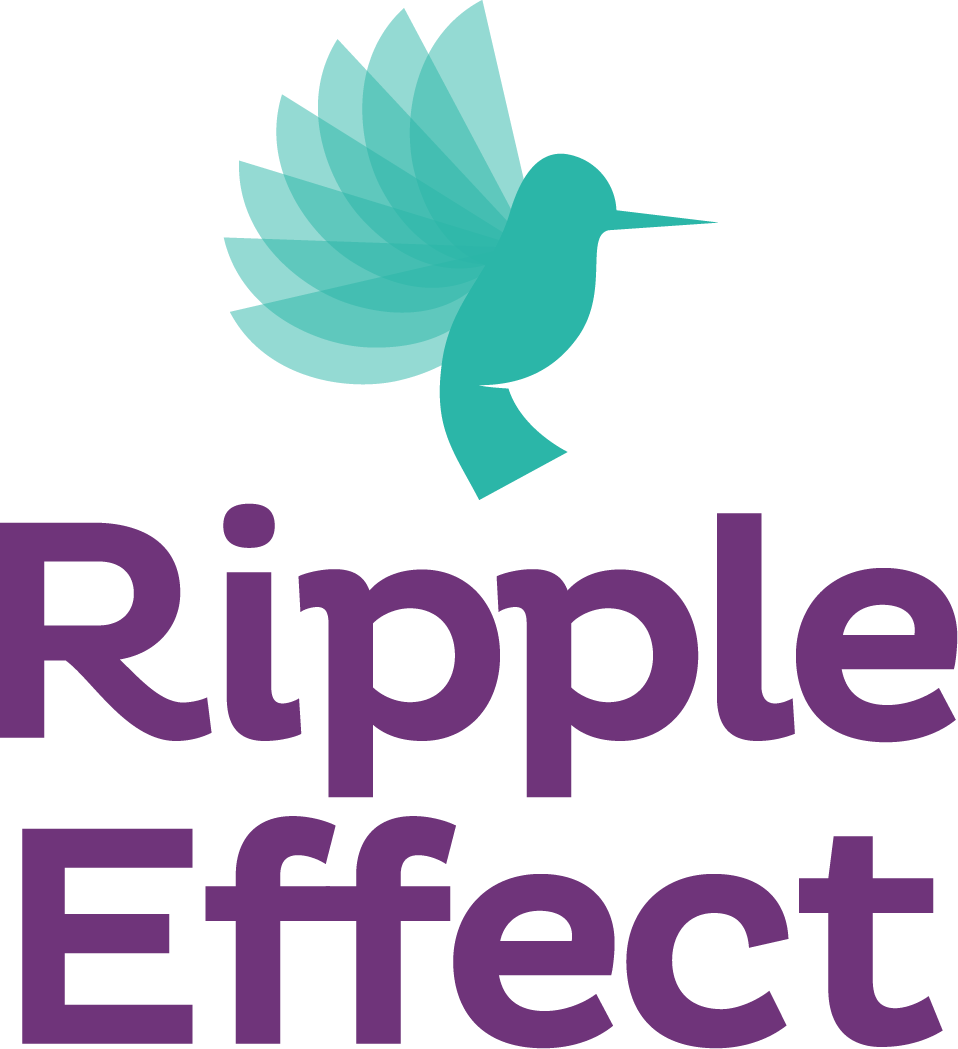How to effectively build dialogue in the workplace
Understanding the difference between talking at people and engaging in a meaningful multi-way dialogue is a key component of personal and professional leadership. True dialogue requires many key components to be considered effective and authentic. I am going to chat about how I define the type of dialogue I see as fundamentally important for organizational relationships. Plus, and likely most importantly, we’re going to move beyond just defining this super special type of interaction and chat about how we can develop it.
What is dialogue & why does it matter?
I have seen a lot of people define dialogue as an exchange occurring between two people, but we are all well aware that workplace decisions tend to include many more hearts, minds and opinions at the helm. So, when talking dialogue (pun intended), I am going to include – and frequently refer to – group settings. This is because, typically, the more voices at play, the harder great dialogue becomes.
So, what is dialogue? Dialogue is an inclusive, positive process that seeks to empower everyone involved to share their perspectives, while feeling heard and valued. At its heart, dialogue has the intension of seeking consensuses, resolutions and results. A great example would be bringing together your team members to create a new strategic vision and its subsequent key messages.
During this meeting, you would actively seek out everyone’s opinions; build agreement about the ideas that are most closely in line with your organizational goals; and then have the information you need to achieve the intention outlined at the outset.
Dialogue is important because diversity of thought breeds better results. Companies who continuously rely on the same idea pool to generate solutions are far more likely to become stagnant and miss out on incredible opportunities to evolve, grow and aligning with shifting audiences and trends. Dialogue empowers creativity and it empowers the people who work for your company – at all levels. It reduces burn out because people don’t feel like cogs in a wheel. Why? Because it diminishes that “icky” feeling of strictly imposed hierarchies where only the C-Suite is heard.
How do you foster feel-good, productive dialogue?
Here are some quick (though not always easy) and dirty (actually, very clean, good fun) ways to generate dialogue in the workplace.
Ensure everyone feels like they are on an even playing field.
Provide an agenda or key information so people can prep ahead of time. This is really important because it reduces the sense of being put on the spot and it shows you are invested in supporting every person to actively participate.Kick off the dialogue with an icebreaker or questions to generate umph.
Yes, I believe “umph” is the scientific team. By easing into the dialogue, you are going to give people a chance to get their energy levels up, feel more at ease and ready to switch gears toward your strategic focus. Have you downloaded my free resource: 100 Check In Questions? Click hereSet some ground rules in a casual and positive way.
This is SO important – especially if you tend to have people in your organization who always dominate discussions. Set parameters without making people anxious by referencing a time when you had a really awesome dialogue where everyone felt encouraged and empowered to contribute their best.Have an agenda, but don’t have an agenda
While I just said providing info and a schedule ahead of time can be helpful to generate pre-emptive brainstorming, do NOT come armed with an agenda in terms of controlling the convo and trying to steer your team members towards a particular answer or outcome. This is the exact opposite of true dialogue and, no matter how sneaky you think you are, your team members are going to know their contributions don’t REALLY matter.Lead by example with active listening
When people are speaking, show genuine interest by asking questions and establishing shared meaning. Delve into the details of what they are saying and encourage others to do the same. This not only helps to ensure people understanding exactly what is being shared, but it encourages effective listening and more in-depth discussion.
Dialogue requires practice, not perfection. Keep at it and enjoy the fruits of your collaborative approach to the traditional conversation.
While I’ve focused on more formal meetings here, dialogue can happen anywhere. Be it on Zoom, by the water cooler or at a huge stakeholder meeting, the principles remain the same. Be gracious, establish empathy and encourage contributions with compassion and active listening. See the difference true dialogue can make for your organization by partnering with a personal leadership coach who provides you with a number of tools, resources and recommendations to address creative opportunities and barriers to great dialogue. Let’s chat!
Janic


